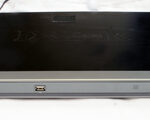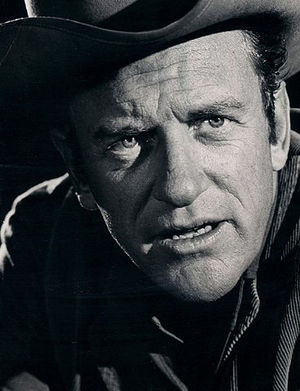Scenario and Problem
You are giving a presentation on your laptop, and you want to use an overhead projector to display what is on your screen. However, your videos will not work on the projection screen, though they will show on your laptop screen. Everything else will project except for the video, which will just show a black screen inside of Windows Media Player or whatever software you use to display the video.
Diagnosis
Basically, the problem is caused by the computer itself, and rarely has anything to do with the projector. What it all amounts to is inadequate video processing power of your computer’s video card. What’s happening is that your video card has to pull double duty to render the video on both the laptop’s display as well as to the projector. You are essentially trying to use two monitors at the same time, and your computer must do extra work to account for this.
Depending on the limitations of the video card inside your computer, it may not be able to do video to both screens. It can show the other windows and mouse cursor, but will only display a black screen where the video is supposed to be. I found where you can drag another window on top of Windows Media Player and cover most of the view window, and then you can actually see part of the video player. Let me tell you, it’s a pain to troubleshoot.
Solution
First, if you are showing a DVD, you need to go into the Windows Media Player settings and turn off the ‘video overlay’ options. This has been known to cause some problems when displaying to projectors. To do this in Windows XP, just go to Tools – Options – Performance and click on the Advanced button. I’ve found that this will enable DVD’s to play on both screens, but it still won’t work with playing compressed video files, like a .WMV or .AVI file.
The only way to really ‘fix’ this issue is to just display to one monitor. This means displaying entirely to the projector without having the picture on your laptop screen. Do you really need to have both, anyway? Your laptop should have some kind of monitor function key that lets you switch between the laptop screen and an external source. It works by holding down the ‘function’ key and then pressing the corresponding monitor adjustment. Depending on what kind of laptop you have, you may need to check the manufacturer’s website or documentation for instructions. Just make sure you have it set to where the laptop screen is blank and the projector is on.
Conclusion
This isn’t all that uncommon of a problem, so don’t be worried if it happens to you. Just make sure you test the projector and laptop together before giving a presentation, otherwise you might embarrass yourself at the next big meeting.




